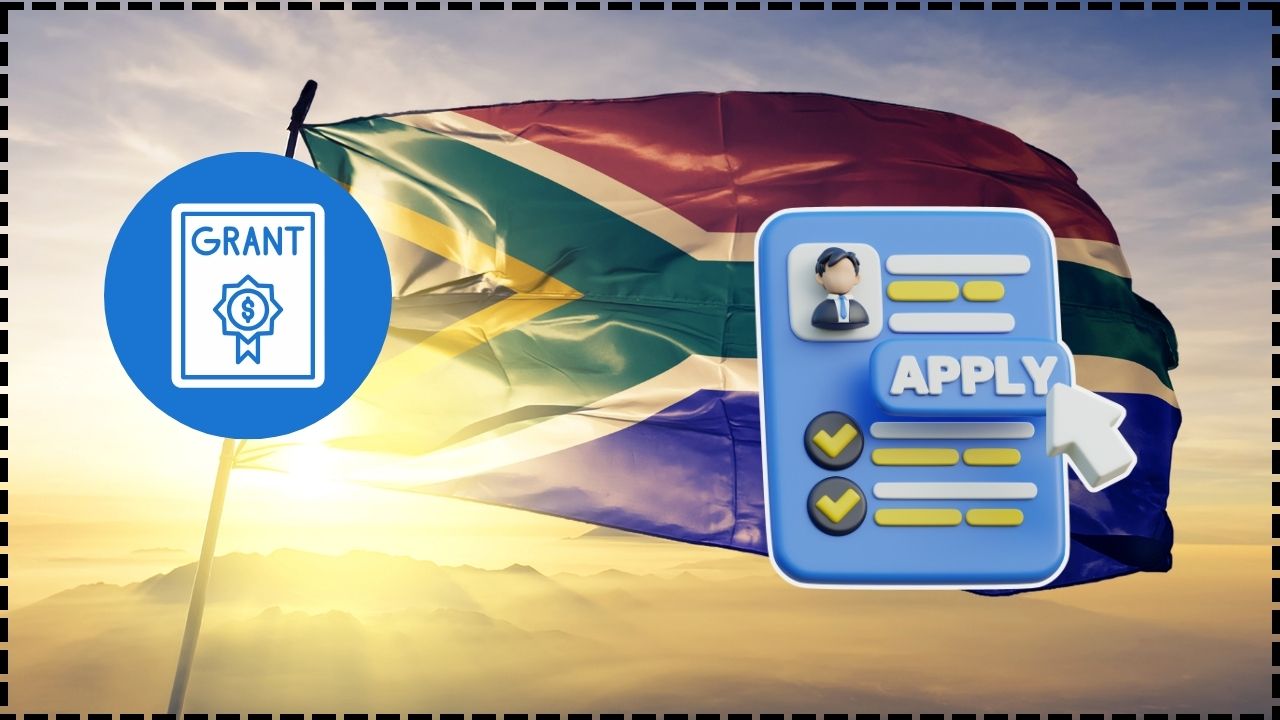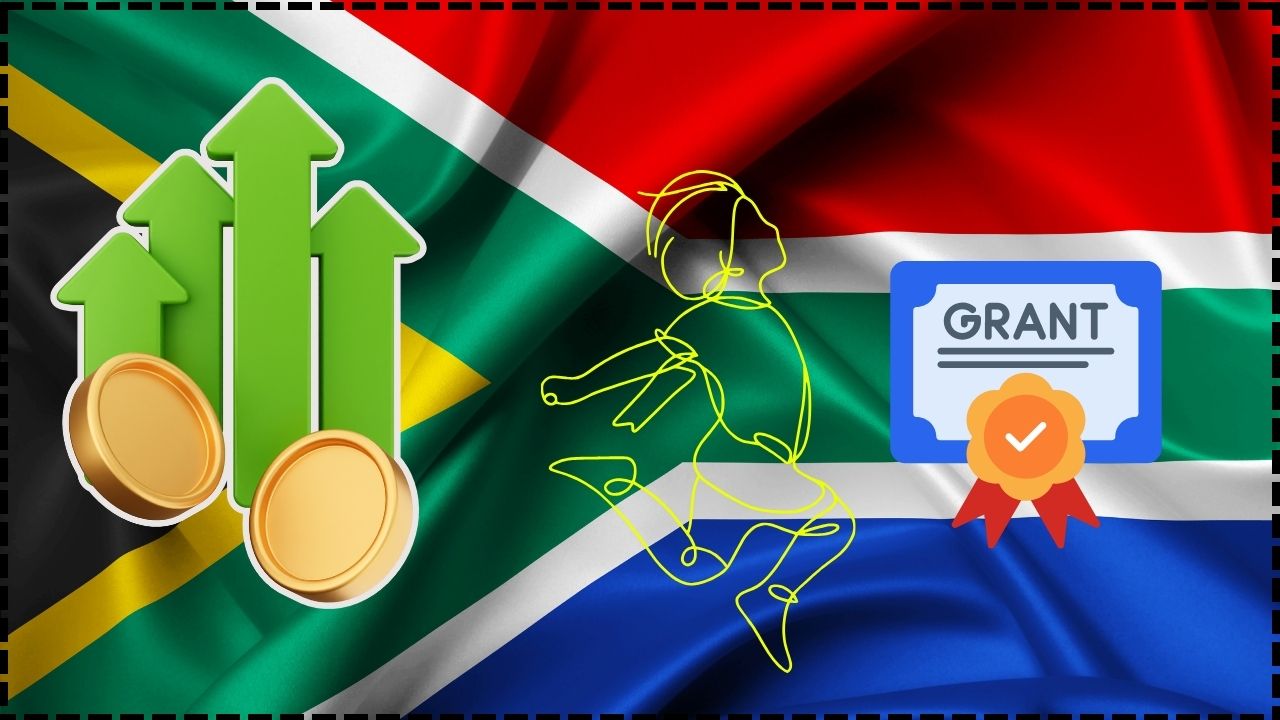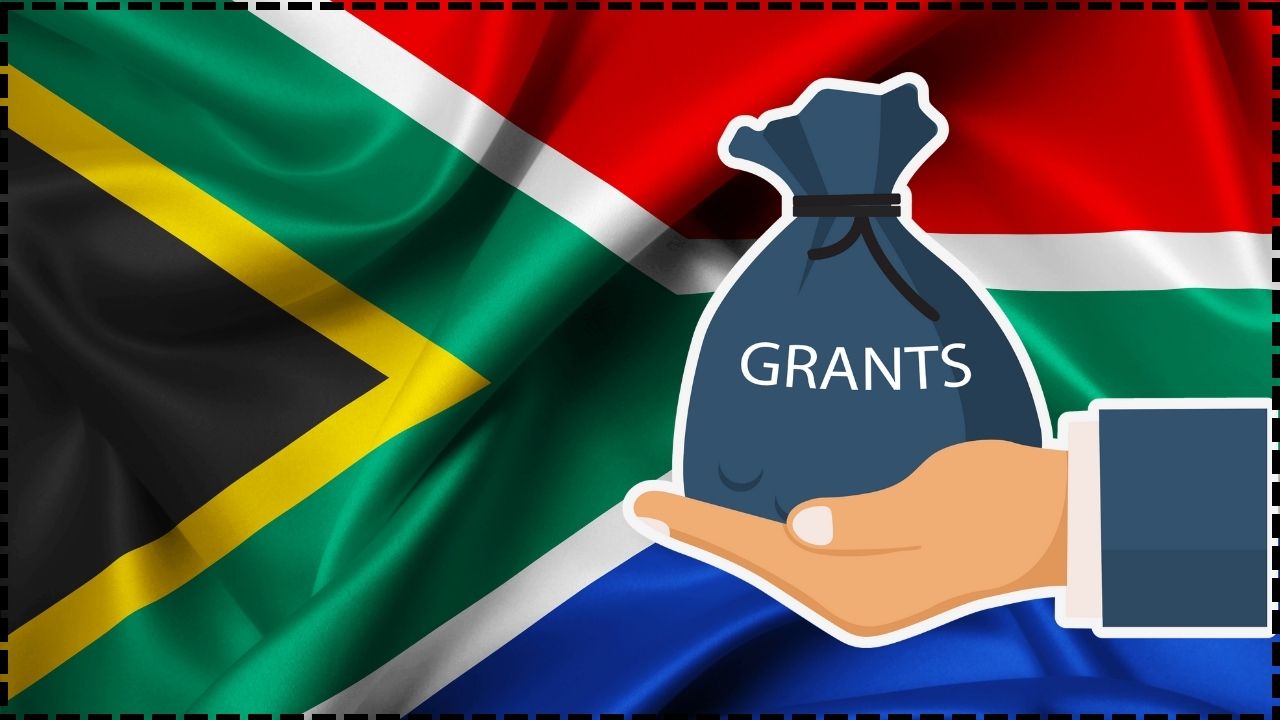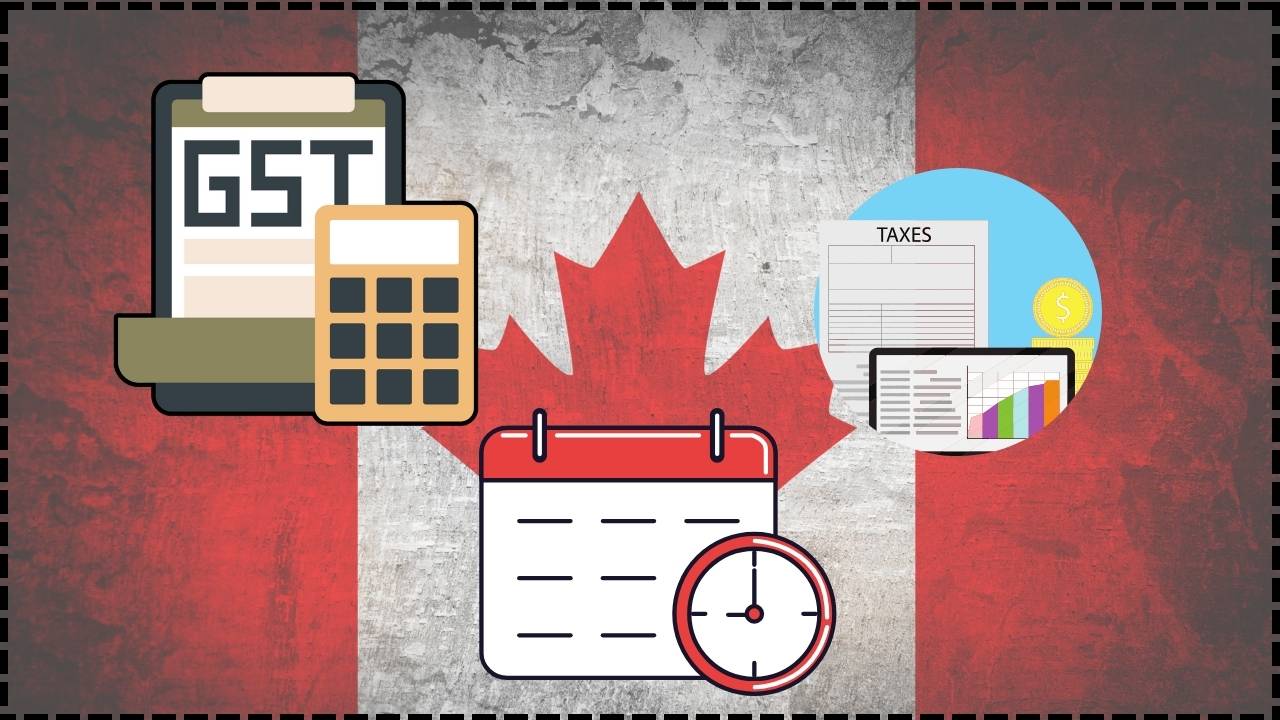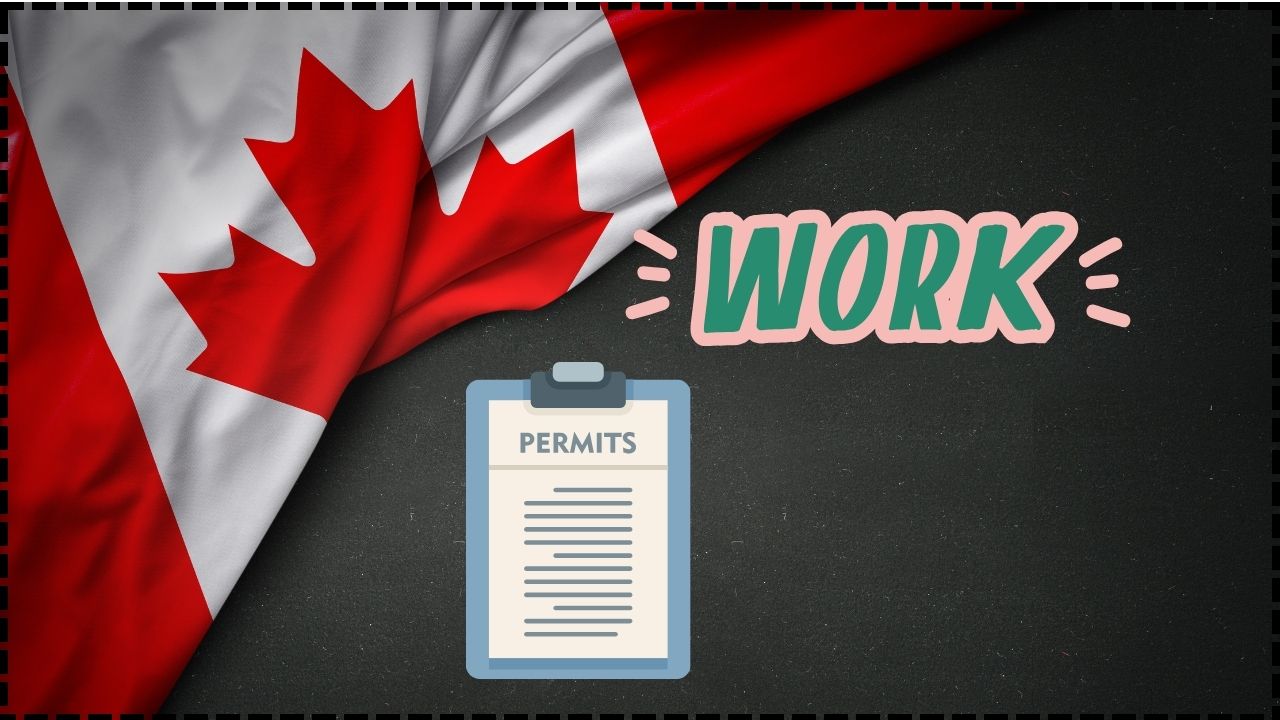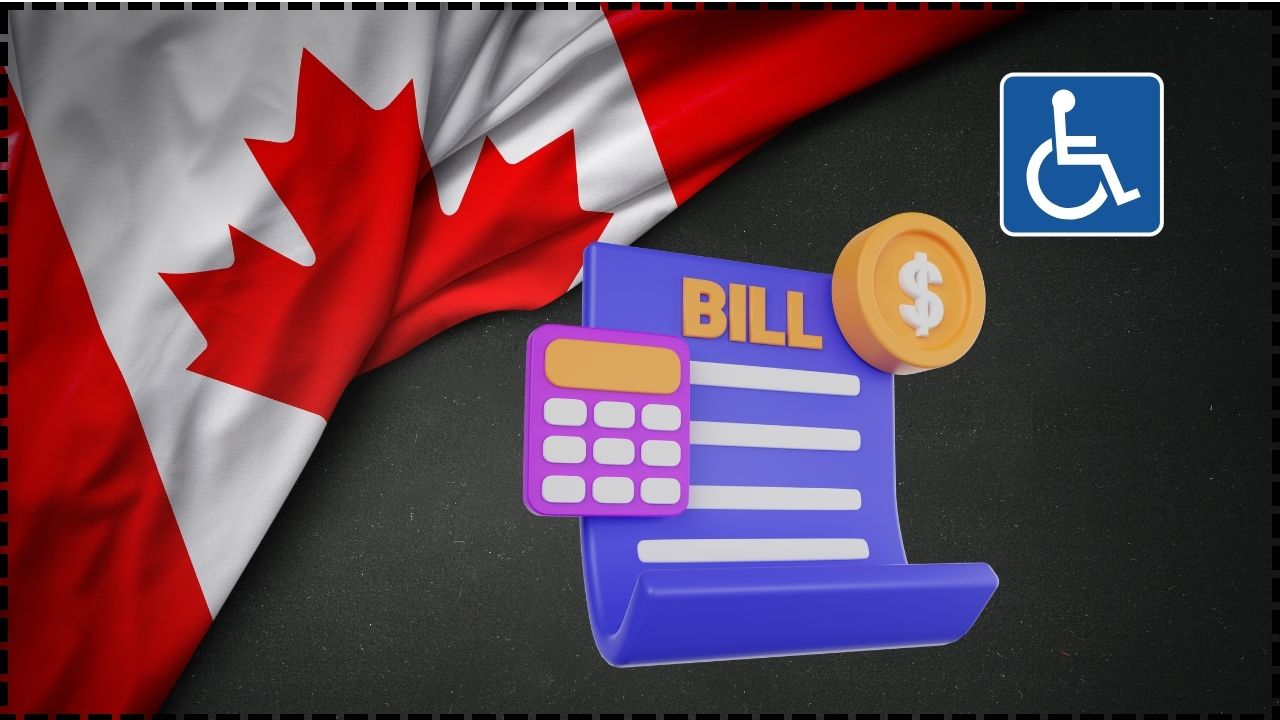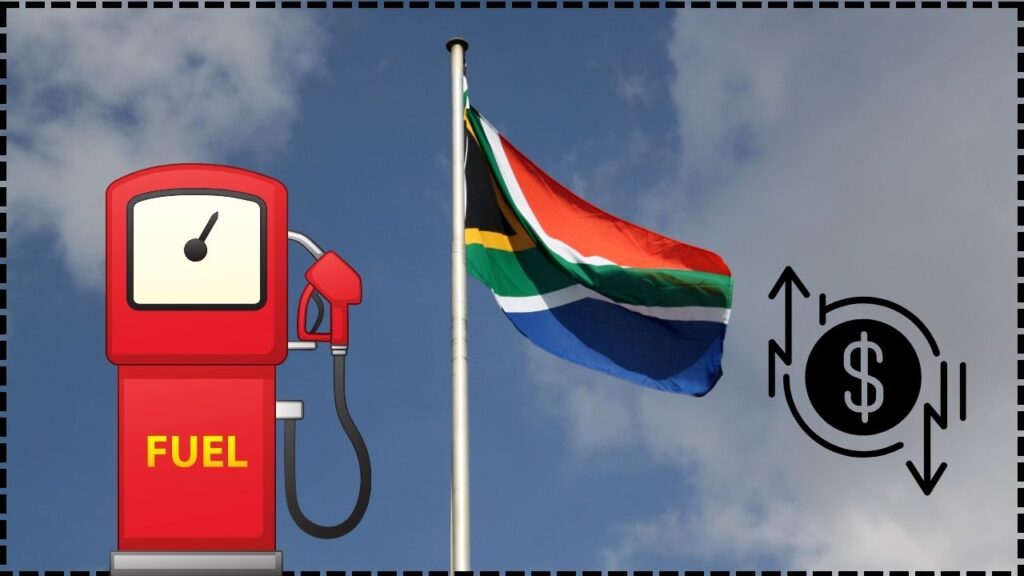
South Africa’s Fuel Prices Just Changed for September 2025: If you’ve been watching the pump prices in South Africa, here’s the news you’ve been waiting for: South Africa’s fuel prices just changed for September 2025, and for once, it’s not all bad news. With a few cents shaved off both petrol and diesel, motorists can finally breathe a little easier—at least for now. But fuel prices are never just about the numbers at your local garage. They’re tied to global oil markets, exchange rates, government taxes, and even electricity shortages back home. Whether you’re a daily commuter, a small business owner, or a logistics manager running a trucking fleet, these changes hit your pocket differently.
South Africa’s Fuel Prices Just Changed for September 2025
South Africa’s fuel prices just changed for September 2025, bringing a small cut for petrol and a big drop for diesel. This offers relief for households, businesses, and industries battling high costs and load-shedding. Still, with taxes making up nearly half the pump price and global markets dictating the rest, volatility remains. South Africans must stay savvy, save where they can, and prepare for next month’s numbers—because fuel prices never stand still for long.
| Category | Change (Sept 2025) | Inland Price (New) | Coastal Price (New) | Sources |
|---|---|---|---|---|
| Petrol 93 (Unleaded) | ↓ 4c/L | R21.47 | R20.68 | DMRE |
| Petrol 95 (Unleaded) | ↓ 4c/L | R21.55 | R20.72 | |
| Diesel 0.05% Sulphur | ↓ 56c/L | R19.44 | R18.61 | |
| Diesel 0.005% Sulphur | ↓ 57c/L | R19.47 | R18.71 | |
| Illuminating Paraffin | ↓ 37c/L (wholesale) | – | – | |
| LPGAS (National Avg.) | ↓ R1.32/kg | – | – | |
| LPGAS (Western Cape – Saldanha) | ↓ R1.51/kg | – | – |
Historical Comparison: A Five-Year Snapshot
Looking at the past five years, you see just how much prices swing:
- 2019: Petrol 95 inland was around R16/L.
- 2020 (COVID-19 lockdowns): Prices dropped below R13/L.
- 2022 (Russia-Ukraine war): Prices spiked above R25/L.
- 2024: Averaged R23–R24/L.
- 2025: Now around R21.55/L inland.
Diesel tells an even wilder story. From R13/L in 2020, it soared past R25/L in 2022, and now sits below R20/L.
This rollercoaster proves that global events—from wars to pandemics—impact your wallet every time you fill up.
Why the South Africa’s Fuel Prices Just Changed for September 2025?
The Department of Mineral Resources and Energy (DMRE) adjusts prices monthly, based on:
- Crude Oil Prices – Brent crude fell from USD 69.06 to USD 67.01/barrel due to oversupply and weaker demand.
- Rand-Dollar Exchange – The rand edged stronger, from R17.76 to R17.73/USD. Small, but meaningful.
- International Product Costs – Diesel’s global demand slowdown cut costs by more than 50c/L.
- Slate Levy – Remains at 0c/L, since the industry balance is positive.
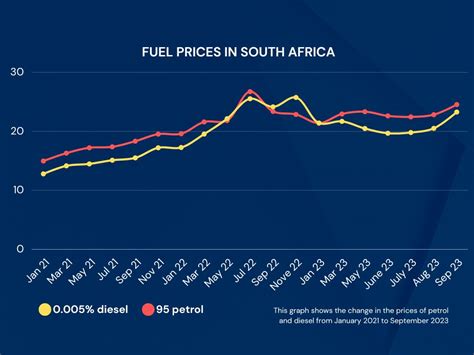
International Comparison: How SA Stacks Up
- South Africa: Petrol 95 inland = R21.55/L (≈USD 1.21/L).
- United States: Average = USD 0.95/L (R17/L).
- United Kingdom: Around USD 2.10/L (R37/L).
- Botswana/Namibia: Often 50c–R1/L cheaper, since they import from SA but with lower levies.
South Africans pay more than Americans but less than Europeans. The killer here is taxes and levies, which make up about 40% of the pump price.
The Tax Factor: What Are You Really Paying For?
Breakdown of R21.55/L petrol inland:
- Basic Fuel Price (import & refining): ≈ R9.50
- Fuel Levy: R3.94
- Road Accident Fund Levy: R2.18
- Customs, pipeline, storage: R1.50
- Dealer margins, distribution costs: ≈ R4.40
So, less than half of what you pay is the actual fuel—the rest is tax, levies, and distribution.
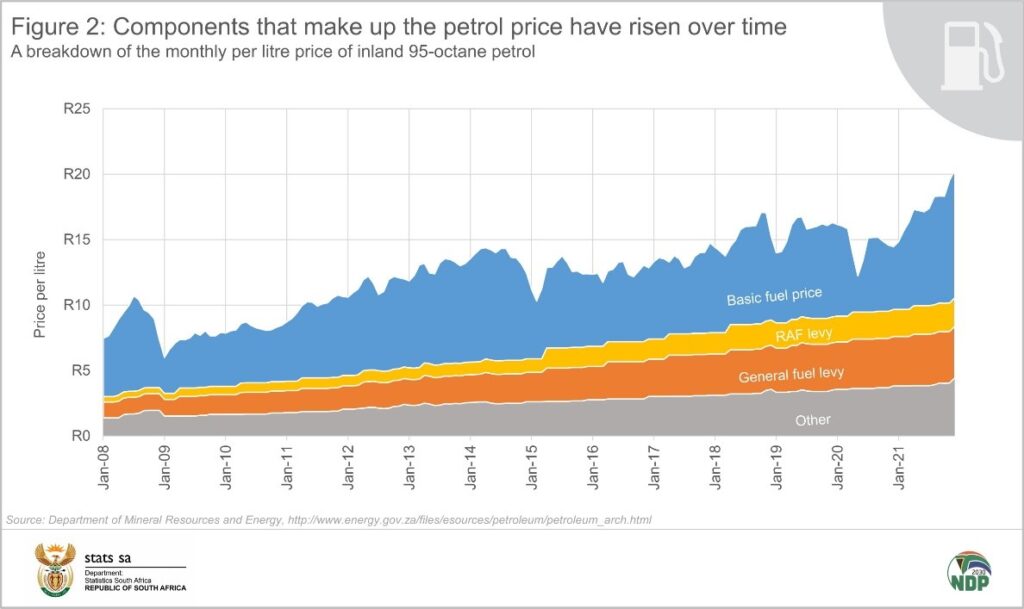
How This Affects Inflation?
Fuel hikes are inflationary. Lower fuel helps:
- Food Prices – Transport is 15–20% of grocery costs.
- Public Transport – Minibus taxis and buses rely on diesel.
- Electricity Alternatives – Diesel for generators becomes cheaper, helping businesses survive load-shedding.
Stats SA says fuel accounts for 5.68% of the CPI basket. Drops like this help ease headline inflation, though it won’t fix everything.
Load-Shedding and Diesel
South Africa’s persistent load-shedding crisis makes diesel critical for backup power. Hospitals, mines, factories, and even households run diesel generators.
With diesel prices falling by more than 50c/L, Eskom’s costs for emergency diesel generation also drop—potentially saving taxpayers millions.
Regional Impact: How Different Provinces Feel the Pinch
While the DMRE sets uniform wholesale and retail fuel prices, the reality is that provincial economies feel the changes differently.
- Gauteng: With its sprawling highways and car-dependent commuters, even a 4c petrol cut makes a dent in household budgets. Ride-hailing services like Uber and Bolt also benefit, potentially keeping fares stable.
- KwaZulu-Natal & Western Cape: Coastal provinces enjoy lower pump prices thanks to cheaper transport costs from refineries and harbors. Businesses here are slightly more shielded from inland volatility.
- Rural Provinces (Limpopo, Eastern Cape, Mpumalanga): Farmers and transport operators, heavily reliant on diesel, see real relief. A 56–57c diesel cut translates into lower costs for agricultural transport and mining operations.
This uneven impact highlights how fuel pricing is both a national and regional story in South Africa.

Long-Term Solutions: Can South Africa Escape Fuel Price Rollercoasters?
South Africa has been riding the global fuel price rollercoaster for decades. Every international shock—from the 2008 financial crisis to the 2022 Ukraine war—hits local pockets. The big question: is there a way out?
- Strategic Oil Reserves: Building up reserves could buffer against global shocks, though this requires billions in upfront investment.
- Public Transport Expansion: A reliable, affordable public transport system (trains, BRT, and buses) reduces dependency on private cars.
- Renewable Energy & EVs: With Eskom’s grid still shaky, EV adoption is slow, but renewable-powered charging could flip the script in the next decade.
- Biofuels & Local Refining: Increasing production of biofuels from sugarcane or maize, and re-opening mothballed refineries, could cut reliance on imports.
Without bold structural changes, South Africa will remain at the mercy of Brent crude and the rand-dollar tango.
Consumer Reactions
Ordinary South Africans see this as bittersweet:
- “Four cents? That’s like finding spare change in the couch.”
- “At least diesel came down. Farmers and truckers can finally catch a break.”
- “Paraffin cuts will help us survive winter cooking.”
It’s not fireworks, but it’s relief.
Coast vs Inland: Why the Difference?
Fuel is cheaper at the coast because it’s closer to refineries and harbors. Inland prices include pipeline, storage, and transport costs. That’s why Gauteng drivers always pay more than Durban or Cape Town motorists.
Practical Tips to Save on Fuel
- Drive Smoothly – Avoid stop-start traffic; maintain steady speed.
- Inflate Tires – Saves 3–5% fuel.
- Drop the Dead Weight – Don’t haul sports gear you don’t use.
- Plan Smart – Do errands in one trip.
- Switch to Ride-Sharing – Carpool apps save cash.
Bonus tip: Consider fuel rewards programs from banks and retailers. Discounts of 25c–50c/L can beat DMRE cuts.
Business Impact: Who Benefits Most?
- Logistics: A 10-truck fleet using 1,500L each per month saves nearly R8,500.
- Agriculture: Farmers running tractors and irrigation pumps enjoy direct cost relief.
- Retail: Stores using diesel generators for fridges during load-shedding save thousands.
- Mining: Heavy-duty diesel machinery gets cheaper to run.
Green Energy & Future Outlook
High fuel prices are nudging South Africans toward electric vehicles (EVs) and hybrids. Though adoption is still low (less than 1% of cars), falling EV battery costs and government incentives could accelerate the shift.
Biofuels and solar-powered solutions are also growing. But for now, 90% of transport runs on fossil fuels—so petrol and diesel still call the shots.
Whistleblower Punished? Pension Agency Suspends Manager After He Flags R21m Payment
Mother vs. Children: Family Torn Apart Over R56,000 Death Benefit After R2 Million Payout
Global Outlook: What’s Next?
Fuel experts warn:
- OPEC+ may cut supply to prop up prices.
- Global shipping lanes remain uncertain due to Middle East tensions.
- The rand remains vulnerable to US interest rates.
So, while September is a breather, October 2025 may bring another hike.
Budgeting Advice for Consumers
Fuel is a monthly fixed cost for many. Here’s how to manage:
- Track mileage – Know how much fuel you actually use.
- Set a fuel budget – Treat it like rent or groceries.
- Use apps – Platforms like PetrolPriceToday or AA SA help find the cheapest stations nearby.

